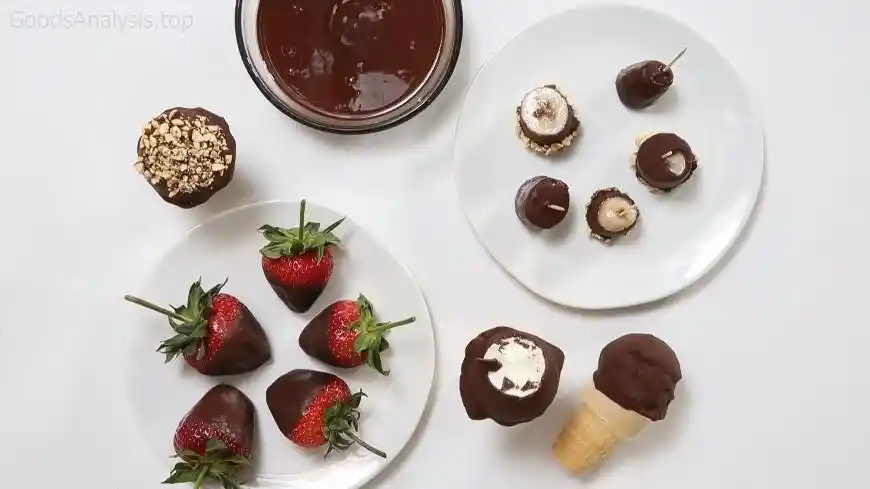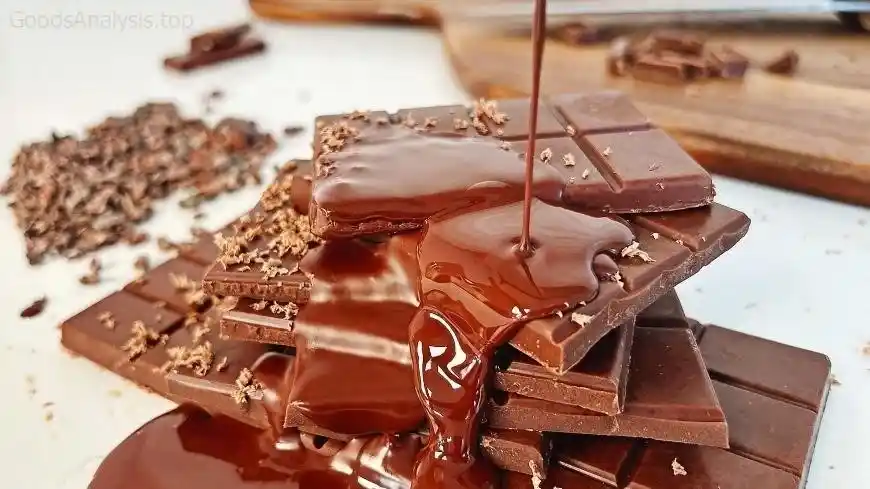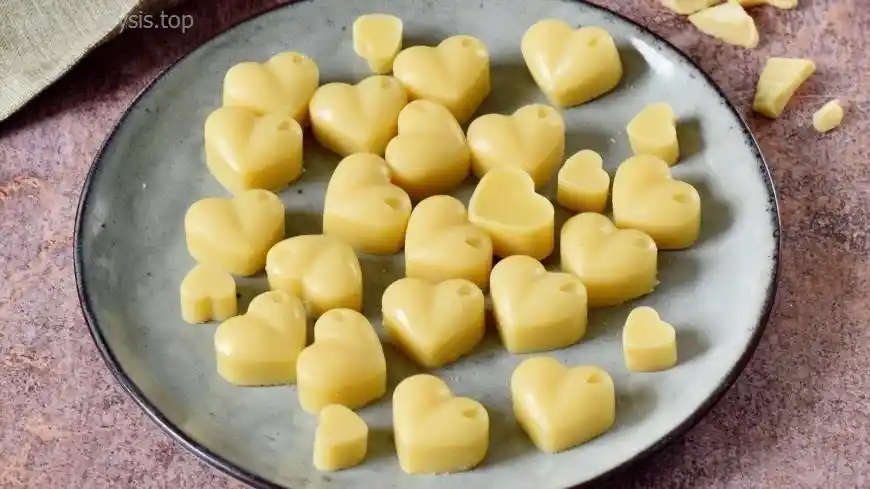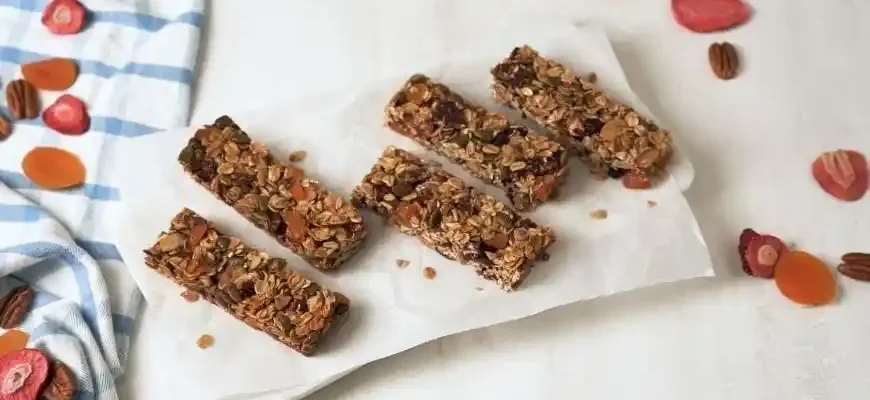Chocolate, that velvety, irresistible treat that makes life just a little bit sweeter. For vegans, those avoiding dairy, or anyone interested in exploring alternative sweets, making your own vegan chocolate is not only possible—it’s a rewarding experience. And you can do it without needing fancy equipment or a professional chocolatier’s training. Whether you’re looking to avoid milk for health reasons, ethical concerns, or dietary preferences, homemade vegan chocolate opens up a whole new world of flavor and texture possibilities.
Let’s get into it! We’ll cover the basics of what vegan chocolate is, how it differs from conventional chocolate, what you’ll need to make it, and what challenges you might face along the way.
What Makes Chocolate Vegan?
First, let’s clarify what vegan chocolate is. The main ingredient that usually separates dairy chocolate from its vegan counterpart is milk. Most commercial chocolate is made with milk powder, cream, or butter. Vegan chocolate, however, skips these dairy products entirely, often replacing them with plant-based alternatives like coconut milk, almond milk, or soy milk. The good news? Chocolate in its raw form—the cacao beans—contains no animal products. So, making vegan chocolate is simply a matter of finding the right substitutes and making sure you don’t accidentally sneak in non-vegan ingredients like milk solids or whey protein.
The Basic Ingredients for Vegan Chocolate
Making vegan chocolate from scratch involves just a few key ingredients:
- Cacao Powder: This is the primary flavor component. Cacao comes from the cacao bean, and it’s the raw, unprocessed version of cocoa. Cacao powder is rich in antioxidants and has a deep, slightly bitter flavor. It’s the foundation of any chocolate recipe, vegan or not.
- Cacao Butter: The fat extracted from cacao beans. It’s what gives chocolate its smooth, melt-in-your-mouth texture. You can find it in health food stores or online, and it’s essential for a true chocolate experience.
- Sweetener: Traditional milk chocolate relies on sugar, but in vegan chocolate, you have options. You can use maple syrup, agave nectar, stevia, or coconut sugar, depending on your taste preferences and dietary restrictions.
- Plant-Based Milk: Depending on the texture you want, adding a small amount of plant-based milk (like coconut, almond, or oat milk) can help achieve the creaminess that milk chocolate typically has. If you want a firmer, more solid chocolate, you can skip the liquid entirely.
- Vanilla and Other Flavors: For an extra touch of flavor, many recipes include a dash of vanilla extract or other flavorings like cinnamon, orange zest, or even a pinch of salt to bring out the chocolate’s complexity.

Steps to Make Vegan Chocolate
Here’s a simple recipe for making your own vegan chocolate at home. It’s quick, easy, and customizable.
- Prepare the Double Boiler: Fill a medium saucepan with about an inch of water and bring it to a gentle simmer. Place a heatproof bowl on top (make sure the bowl doesn’t touch the water) to create a double boiler.
- Melt the Cacao Butter: Add the cacao butter to the bowl and let it melt, stirring occasionally. Cacao butter can take a few minutes to fully melt, so be patient.
- Add the Cacao Powder: Once the cacao butter is melted, sift in the cacao powder to remove any clumps. Stir until the mixture is smooth.
- Add the Sweetener: Gradually mix in your sweetener of choice, adjusting the quantity to your taste. Remember, the more liquid sweetener you use, the softer the final chocolate may be.
- Flavoring: Add a teaspoon of vanilla extract or a pinch of sea salt if you like. This is also the time to add any additional flavors, such as cinnamon or chili for a spicy kick.
- Add Plant-Based Milk (Optional): If you want a creamier texture, add a little bit of plant-based milk (a tablespoon or so). Stir until fully combined.
- Pour Into Molds: Pour your chocolate mixture into molds or a parchment-lined tray. You can use any type of mold you like: silicon molds, ice cube trays, or even a simple baking sheet.
- Cool and Harden: Place the molds in the fridge or freezer to solidify the chocolate. This will take about 1 to 2 hours, depending on how thick your chocolate is.
- Enjoy!: Once the chocolate is hard, you can pop it out of the molds, break it into pieces, and enjoy your delicious homemade vegan chocolate!

Challenges and How to Overcome Them
As with any homemade recipe, making vegan chocolate has its share of potential challenges. Let’s go over some of the common issues and how to solve them:
- Texture Problems: If your chocolate is too hard or too soft, you might need to adjust the ratio of cacao butter to cacao powder. Too much cacao butter can make the chocolate too soft, while too much powder can make it dry and crumbly. The key is balancing these two ingredients to get the texture just right.
- Cracking: Sometimes homemade chocolate can develop cracks when it hardens. This could be due to cooling too quickly. To prevent this, try cooling the chocolate slowly at room temperature before refrigerating it, or store it in a cool place instead of the freezer.
- Unpleasant Aftertaste: If you use a sweetener like stevia or other sugar substitutes, you might notice an aftertaste. This can be a turn-off for some people. The solution? Experiment with different sweeteners, or try using a small amount of coconut sugar, which has a flavor that blends well with chocolate.
- Flavor Balance: Cacao has a naturally bitter taste, which is why balancing the sweetness is essential. Tastes vary, so make sure to adjust the amount of sweetener to your preference. If you like dark chocolate, you might want to go with less sugar, while milk chocolate lovers will prefer a sweeter mix.
Why Make Your Own Vegan Chocolate?
There are a number of good reasons to make your own chocolate, especially when you’re avoiding dairy:
- Health Benefits: Cacao is packed with antioxidants and has been linked to improved heart health. Making your own chocolate means you can control the ingredients, avoiding unnecessary sugars and preservatives often found in store-bought varieties.
- Ethical Reasons: By making vegan chocolate, you avoid supporting the dairy industry, which can be harmful to both the animals and the environment. If you’re also concerned about the impact of industrial agriculture, opting for organic, fair-trade cacao is a great option.
- Customization: When you make chocolate at home, you can experiment with flavors, sweetness levels, and textures that you simply can’t get from mass-produced products. Want to add hazelnuts, sea salt, or a dash of chili? Go for it.
- Fun and Satisfaction: Let’s be honest—there’s a certain joy in creating something from scratch, especially something as universally loved as chocolate. It’s a fun project, and you get to enjoy the fruits of your labor!

Opinions from Around the World
Let’s hear what some people have to say about making and enjoying vegan chocolate:
- Sarah, 32, USA (vegan for 6 years): “I love making my own vegan chocolate—it’s way easier than I expected, and the flavor is so much richer. I can’t go back to store-bought anymore! Plus, I get to add fun ingredients like crushed almonds or dried fruit.”
- Carlos, 45, Spain (vegan for 2 years): “I never really understood why anyone would want vegan chocolate until I tried making it myself. The process is therapeutic, and the chocolate tastes so fresh and pure.”
- Mia, 58, UK (health-conscious, not vegan): “I’ve always been skeptical of plant-based alternatives, but I was surprised by how delicious vegan chocolate can be. I can make it sugar-free too, which helps with my diet.”
- Jin, 24, China (vegetarian): “The homemade vegan chocolate tastes richer than anything I’ve tried in stores. I think it’s all about using good-quality cacao. I love experimenting with different plant milks.”
- Lena, 60, Germany (vegan for 10 years): “Vegan chocolate making is a bit of a hobby for me. I’ve even started giving it as gifts! It’s a great way to share something personal and thoughtful with others.”
Conclusion
Making vegan chocolate is as much about creativity and fun as it is about flavor and health. While there are a few potential hurdles along the way, with a little patience and some experimentation, you can craft a delicious, cruelty-free chocolate that suits your tastes perfectly. Whether you’re new to veganism, curious about plant-based eating, or just looking for a new hobby, homemade vegan chocolate is a treat you won’t regret trying.









